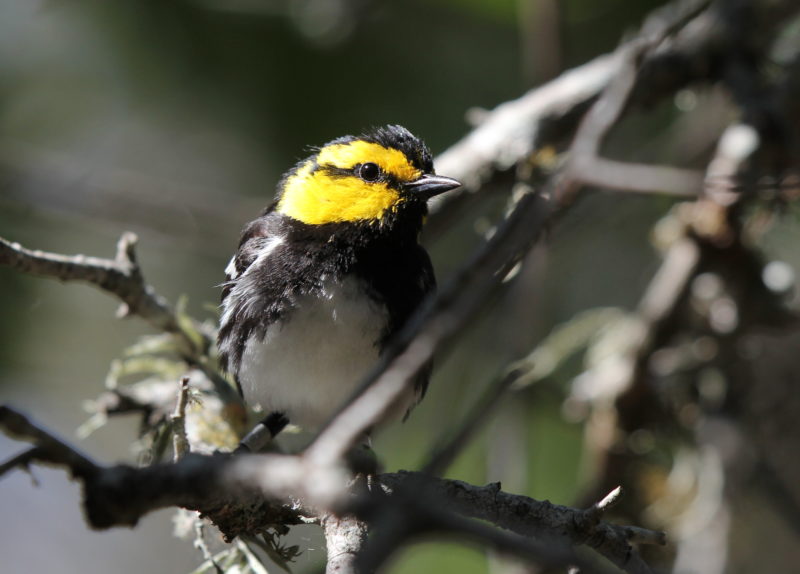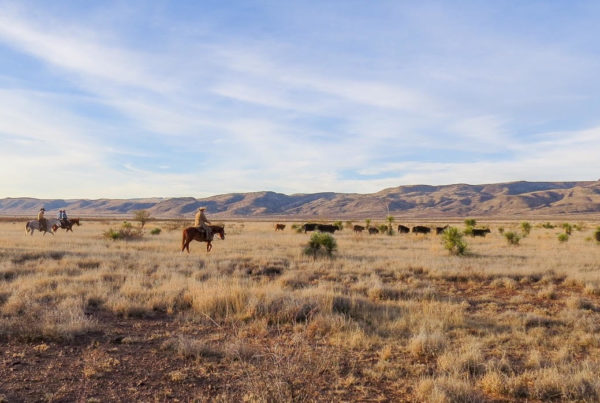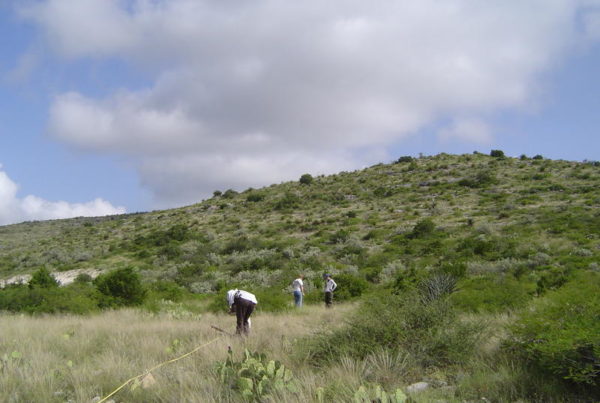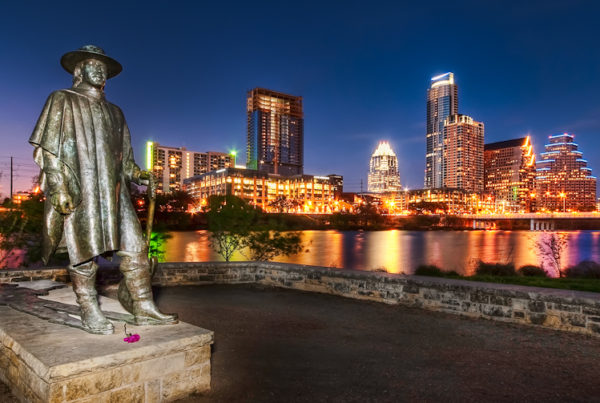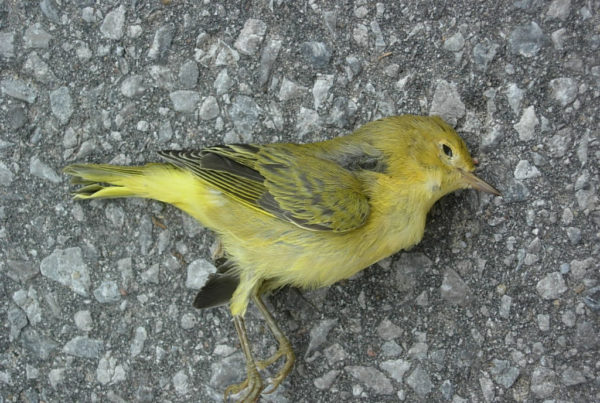Land developers and bird watchers in Texas share a common interest – the golden-cheeked warbler.
The Texas General Land Office, led by Commissioner George P. Bush, sued the U.S. Fish and Wildlife Service Monday in an attempt to remove the songbird from the endangered species list. The warbler breeds exclusively in a narrow swath of Central Texas.
The lawsuit argues that habitat protections in the area are no longer necessary because the bird population has recovered since its inclusion on the endangered species list almost 27 years ago.
The Land Office cites a 2015 Texas A&M study projecting that that there are 19 times more warblers spread over a habitat that is five times larger than when the bird was listed as endangered. The study has been disputed by the the U.S. Fish and Wildlife Service and other biologists, who believe the warbler is still in danger of extinction.
Brendan Gibbons, an environment reporter for the San Antonio Express-News, says the warbler is at the center of a battle over development versus environmental preservation.
“It’s really become a symbol, for some people, of federal overreach and taking of private property rights,” Gibbons says. “For others, it’s a symbol of the landscapes that people love about the hill country. The areas where [the warbler] happens to nest in the hill country really represent that look and feel of the place.”
The General Land Office released a two-minute video produced by the Texas Public Policy Foundation. The conservative group previously petitioned the U.S. Fish and Wildlife Service to take the warbler off the endangered list and have now prepared the General Land Office’s lawsuit.
The videos shows a man fixing a fence on his ranch while his son watches. Land Commissioner Bush narrates the video, stating “I think most of us agree that the American dream is about being left alone and living a life that’s independent of others.”
Gibbons says that the video fails to capture collaboration between landowners and local governments to protect the warbler. “There’s a lot of efforts that involve local entities like cities and land owners and the federal government all working together to come up with land-swapping mechanisms that do protect the warblers,” Gibbons says. “People who live in that traditional ranching lifestyle or own property in the hill country actually get paid by cities to preserve their warbler land.”
Conservationists were upset by the focus of the video, Gibbons says. “[The] lifestyle that’s shown there, they believe could be completely compatible with the warbler. Somebody could raise their cattle and build their fences and teach their son how to ride a horse. There’s nothing in that video about strip malls or housing developments.”
Note: The video was removed from the Texas Public Policy Foundation’s YouTube account after this segment aired.
Written by Rachel Rascoe.


